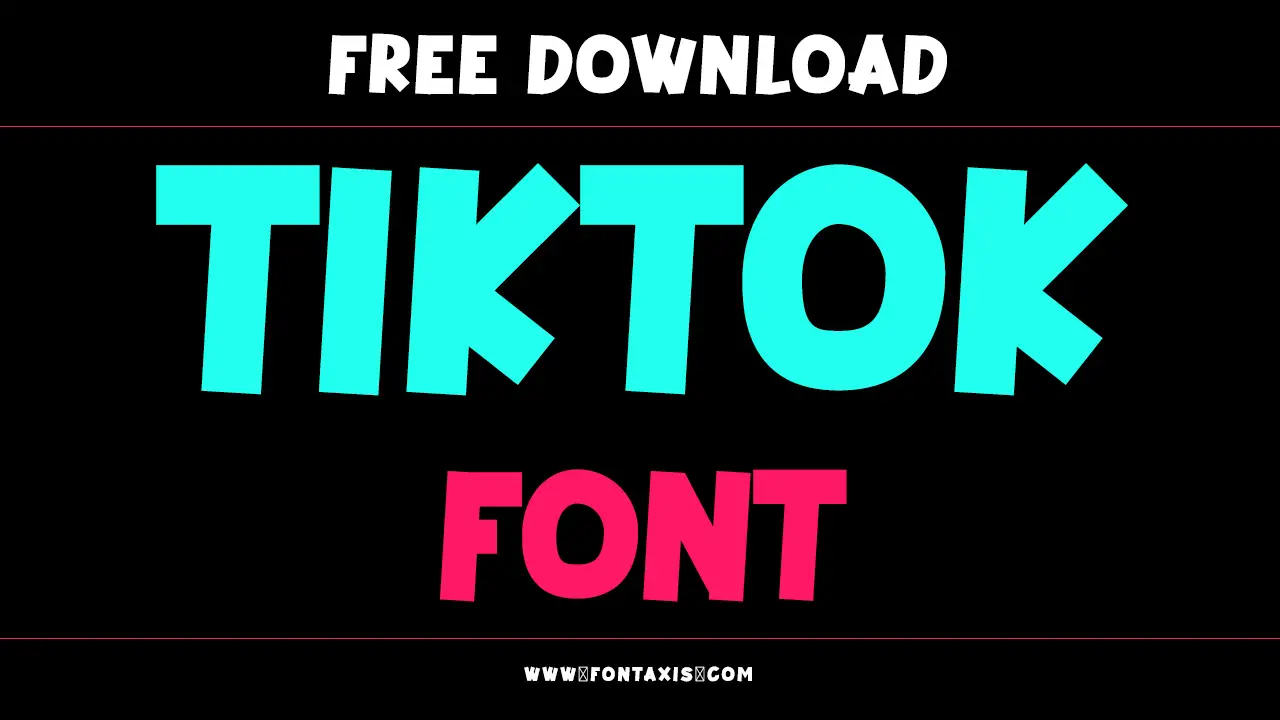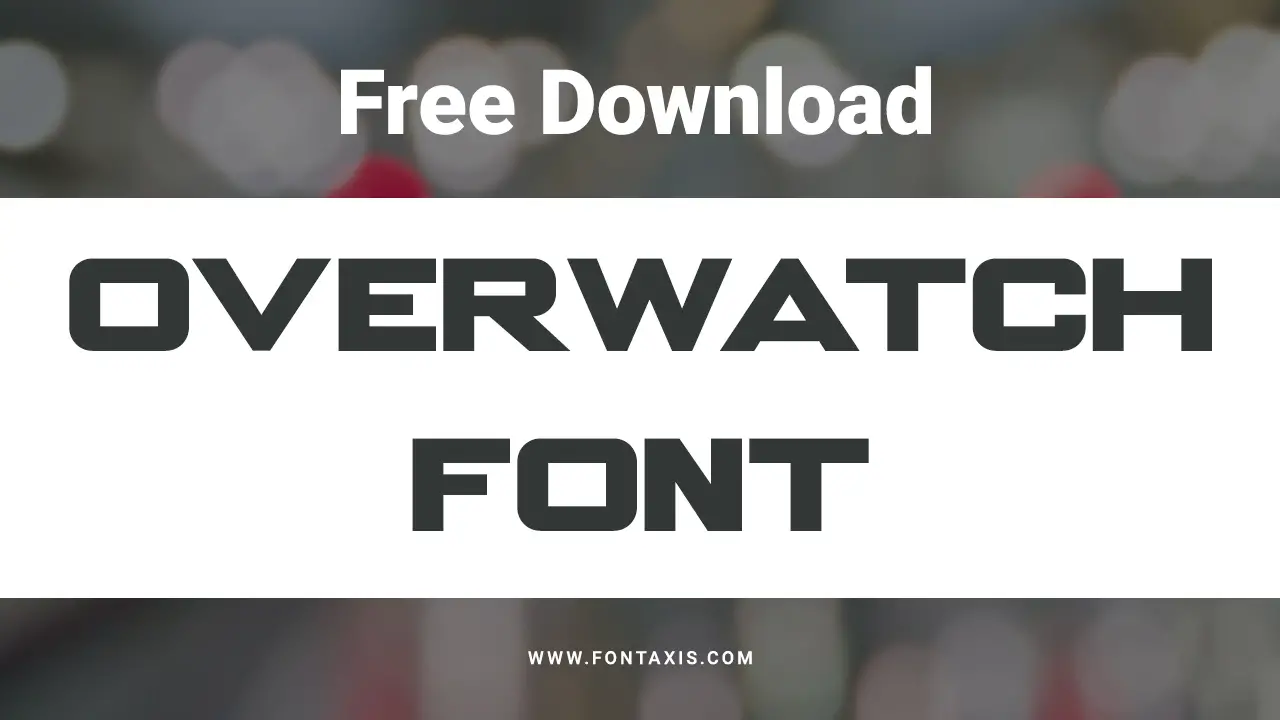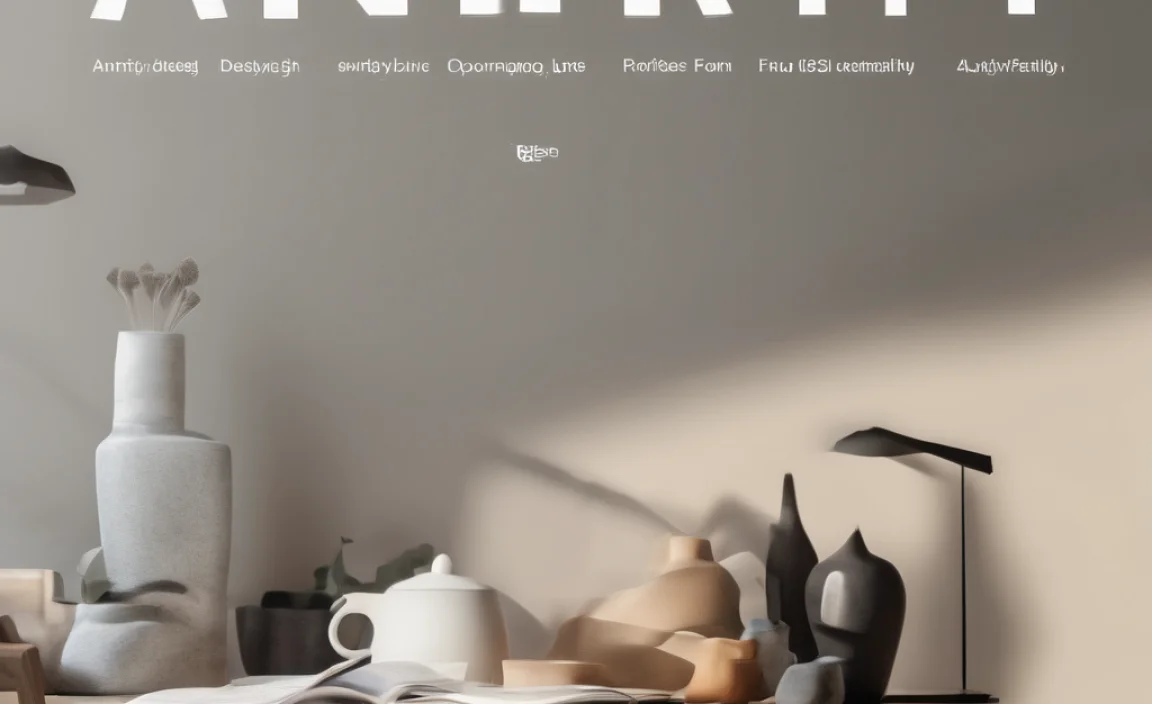The “Between Two Ferns Font” is a unique, stylized sans-serif typeface that’s instantly recognizable for its quirky personality and bold aesthetic, making it a stunning choice for adding a distinctive flair to your designs.
Ever stumbled upon a design that just screams personality? You know, the kind that makes you pause and think, “Wow, what’s that font?” If you’ve watched “Between Two Ferns” with Zach Galifianakis, you’ve likely seen that distinct lettering. It’s more than just a font; it’s a mood, a statement. Finding the perfect font can feel overwhelming, especially when you want something truly memorable. Don’t worry, we’re going to break down this iconic typeface, understand its charm, and explore how you can use it to give your projects that unforgettable edge. Get ready to unlock the secrets of the “Between Two Ferns” look!
Unpacking the “Between Two Ferns” Font: More Than Just Letters
The phrase “Between Two Ferns Font” usually refers to a custom or heavily modified typeface that perfectly captures the show’s dry, awkward, and often hilarious humor. It’s not typically a single, commercially available font you’d find in a standard library. Instead, it’s a visual signature. This kind of unique typographic choice is crucial for branding because it instantly communicates a specific tone and personality. Think of it as the visual equivalent of Zach Galifianakis’s deadpan delivery – it’s awkward, it’s funny, and it’s undeniably effective.
When we talk about the “Between Two Ferns Font,” we’re usually talking about a sans-serif typeface characterized by:
- Boldness: It’s not shy. The strokes are thick and impactful, demanding attention.
- Slight Irregularities: It might have subtle quirks in letterforms that stray from perfect geometric shapes, giving it a hand-crafted or slightly unpolished feel.
- Geometric undertones with a twist: Often, the underlying structure is based on simple geometric forms, but with unexpected angles or curves that make it stand out.
- Condensed or Extended Formats: Depending on the specific usage, it might appear more squashed or stretched, adding to its unique character.
The genius of this typeface lies in its ability to embody the show’s aesthetic. It’s not trying to be elegant or formal; it’s embracing its unconventional nature, much like the interviews themselves. This makes it a fantastic inspiration for anyone looking to inject personality and originality into their brand or creative work. It shows that sometimes, the most effective design choices are the ones that dare to be different.
Why This Font Style is So Captivating
The allure of the “Between Two Ferns Font” style isn’t accidental. It taps into a modern design sensibility that appreciates authenticity and a break from the overly polished. In a digital landscape flooded with ubiquitous sans-serifs and elegant serifs, a font with a strong, distinct personality acts like a beacon. It grabs attention and fosters a connection with an audience that appreciates the same unconventional, humorous, and slightly off-kilter vibe.
Here’s why this type of font style resonates:
- Memorability: Unique fonts stick in people’s minds. When someone sees your work, they’ll remember the font and, by association, your brand.
- Brand Personality: It’s a direct channel to expressing your brand’s character. A bold, quirky font suggests a brand that’s fun, edgy, or unafraid to be different.
- Stand-Out Factor: In a crowded market, avoiding generic choices helps you cut through the noise. This style ensures you don’t blend in.
- Relatability: For audiences who connect with humor and a less-than-perfect aesthetic, this font style can create immediate relatability.
Think about the most successful brands with strong visual identities – they all use typography purposefully. The “Between Two Ferns Font” approach is about using type not just to convey information, but to convey an entire attitude. It’s a powerful tool for attracting the right audience and building a loyal following around a shared sensibility.
Finding Your “Between Two Ferns” Font: Similar Typeface Options
While the exact font used in “Between Two Ferns” might be custom, there are many commercially available fonts that capture a similar spirit. When searching, you’ll want to look for sans-serifs with strong character. These often fall into categories like display fonts, geometric sans-serifs with unique flair, or even some slab serifs that lean towards boldness and personality.
Here are some categories and examples to explore:
Geometric Sans-Serifs with a Twist
These fonts are built on simple geometric shapes like circles and squares, but they often have small details that make them feel less rigid and more playful. They can convey modernity with a touch of personality.
- Futura: While classic and clean, its geometric roots offer a solid foundation. Certain weights and styles of Futura can feel very strong and impactful.
- ITC Avant Garde Gothic: Known for its circular forms and distinctive ‘G’, this font has a retro-modern feel that can be quite striking.
- Cormorant Garamond (Display versions): While primarily a serif, its display versions can possess a stately charm that, when used boldly, can achieve a unique presence. Check out styles that emphasize stroke contrast.
Display & Expressive Sans-Serifs
These are fonts designed to grab attention. They often have exaggerated features, unique curves, or a robust weight that makes them perfect for headlines, logos, and short bursts of text.
- Bebas Neue: A popular, condensed sans-serif that’s incredibly bold and impactful, perfect for grabbing attention in a compact space.
- Oswald: Similar to Bebas Neue, Oswald is a versatile condensed sans-serif that feels modern and strong.
- League Gothic: Another condensed, all-caps typeface with a strong presence, ideal for impactful titles.
- Anton: Very bold and condensed, Anton makes a statement. It’s excellent for headlines where you need maximum impact.
Grotesque/Neo-Grotesque Sans-Serifs (with personality)
These fonts are among the earliest sans-serifs. While some are very neutral, others have quirks that can lend them a distinctive character, especially in bolder weights.
- Akzidenz-Grotesk: A historical sans-serif that influenced many others. Its unpretentious, straightforward nature can be very compelling.
- Helvetica (Bold/Black weights): While often seen as neutral, its bolder weights have a commanding presence that can be used to create a strong visual statement.
Finding Fonts on Google Fonts
Google Fonts is a fantastic free resource for designers. Many of the examples above, or similar styles, can be found there. When searching, look for fonts with high “Weight” or “Strikethrough” properties, and pay attention to the preview images to see if they have that punchy, distinctive feel you’re after.
For instance, you might explore categories like “Display” or visually scan the collections for bold, impactful fonts. The key is to look beyond the simple and find typefaces that have a strong, individual voice. You can access Google Fonts directly at Google Fonts.
Key Characteristics of “Between Two Ferns” Style Fonts
To truly nail the “Between Two Ferns” vibe in your own designs, you need to understand the specific typographic elements that make it work. It’s not just about picking a funny-looking font; it’s about picking a font that feels right for the message and the audience. This style thrives on a balance between boldness and a certain understated absurdity.
Let’s break down the essential characteristics:
- Bold Stroke Weight: This is non-negotiable. The letters need to be thick and substantial. This weight contributes to the confident, almost confrontational feel.
- Geometric Foundation: Even with quirks, these fonts often have a basis in simple geometric shapes. This provides a sense of order beneath the chaos, making them readable despite their expressiveness.
- Slightly Distorted or Asymmetrical Forms: This is where the personality shines. It might be a subtly flattened curve, a slightly off-kilter angle, or letters that aren’t perfectly uniform. These imperfections make the font feel less corporate and more “human” or deliberately awkward.
- Limited Character Set Variety (Often Display-Focused): Many fonts that offer this level of distinctiveness are primarily designed for headlines, titles, or logos. You might find that italics or lighter weights aren’t as well-developed, or that they work best in all caps.
- High Contrast (Sometimes): While not always present, some fonts in this vein might play with contrast between thick and thin strokes, adding another layer of visual interest. However, the dominant feature is usually solid boldness.
- Unpretentious Feel: These fonts rarely try to be elegant or sophisticated. They are direct, bold, and unapologetically themselves. This aligns perfectly with the raw, unfiltered humor of “Between Two Ferns.”
Think of it like this: a standard serif font is like a well-tailored suit – classic and appropriate. A script font is like a handwritten note – personal and elegant. A “Between Two Ferns” style font is like a slightly ill-fitting, loud Hawaiian shirt – confident, memorable, and unmistakably you, even if it’s a bit out there.
Practical Applications: Where to Use This Font Style
The “Between Two Ferns Font” style isn’t just for YouTube thumbnails. Its distinctive character makes it incredibly versatile for projects that crave personality and impact. The key is to use it where you want to make a statement and ensure your audience understands the tone you’re setting.
Logos and Branding
This is perhaps the most natural fit. A unique font can instantly define a brand’s visual identity, making it memorable and recognizable. If your brand is quirky, humorous, or edgy, this font style can perfectly encapsulate that.
Website Headlines and Titles
For blog posts, landing pages, or even entire websites, using a font like this for your main headings can immediately draw visitors in and convey the content’s tone. It breaks the monotony of standard body text and creates visual hierarchy.
Social Media Graphics
In the fast-paced world of social media, grabbing attention is paramount. Bold, distinctive fonts on images or video thumbnails can make your content stand out in a crowded feed. Think of quote graphics or promotional announcements.
Marketing Materials
Posters, flyers, brochures, and even business cards can benefit from a font that shouts personality. It’s ideal for events, promotions, or products that aim for an unconventional appeal.
Presentation Slides
When you want your presentation to be engaging and memorable, use a strong font for titles or key takeaways. It can help reinforce your message and keep your audience’s attention.
T-shirts and Merchandise
For apparel or merchandise, a bold, graphic font is often essential. This style is perfect for creating statement pieces that reflect a brand or individual’s personality.
Creative Projects
This could include anything from zines and independent publications to art installations or personal creative portfolios. Anywhere you want a strong visual statement, this font style can deliver.
Pro Tip: Always consider your target audience. This style works best when it aligns with their perception and expectations. It’s about making a deliberate choice that enhances, rather than detracts from, your message.
Designing with Bold Fonts: Best Practices for Readability
Using bold, characterful fonts like the “Between Two Ferns Font” style is exciting, but it comes with a responsibility: ensuring your message is still clear. The goal is to be striking, not obstructive. Here are some best practices to keep your designs readable and impactful:
1. Prioritize Hierarchy
Use these bold fonts strategically for the most important elements – headlines, titles, or calls to action. Reserve more neutral, readable fonts for body text. This creates a clear visual path for the reader.
2. Embrace Contrast
Ensure sufficient contrast between your text color and background color. Bold fonts can sometimes feel heavy; good contrast prevents them from becoming overwhelming and ensures legibility, especially for longer passages.
3. Mind the Size
While these fonts are meant to be bold, avoid using them in excessively small sizes or for long blocks of text. They are often optimized for larger displays. For body copy, opt for a simpler, more legible typeface.
4. Test for Readability
Always preview your designs at different sizes and on different devices. What looks great on a large monitor might become difficult to read on a small mobile screen. Get feedback from others if possible.
5. Be Wary of Overload
Don’t use too many different bold fonts in one design. Stick to one or two complementary fonts to maintain visual consistency and avoid a chaotic look. The “Between Two Ferns” style itself is a strong statement, so it often pairs well with something simpler.
6. Consider Letter Spacing (Kerning)
For very bold fonts, you might need to adjust the spacing between letters (kerning) to make them visually appealing and easier to read. This is especially important for headlines.
7. Use in Moderation
The power of a bold font lies in its scarcity. When used sparingly, it has maximum impact. Overusing it can dilute its effectiveness and make your design feel busy or amateurish.
By following these guidelines, you can harness the power of bold, expressive typography to create designs that are not only visually stunning but also highly effective. The goal is to create a memorable experience for your audience, guiding them smoothly through your content.
When to Avoid “Between Two Ferns” Font Style
While the “Between Two Ferns Font” style is fantastic for its unique punch, it’s not a universal solution. Knowing when not to use it is just as important as knowing when to deploy it effectively. Certain contexts and goals call for a different typographic approach.
Formal or Corporate Communications
If you’re creating documents for legal proceedings, annual reports for a conservative company, or any communication that requires a high degree of formality and seriousness, this style can seem unprofessional and out of place. Think legal notices, academic papers, or official government communications.
Extensive Body Text
These fonts are generally designed for impact and attention, making them unsuitable for long paragraphs of text. Reading extended content in a highly stylized, bold font can be tiring for the eyes and significantly reduce comprehension. For body copy, prioritize readability with cleaner, more traditional sans-serifs or serifs.
Sensitive or Serious Subject Matter
If your content deals with difficult or sensitive topics (grief, health crises, societal issues), a font that leans towards humor or quirkiness can inadvertently trivialize the subject matter and alienate your audience. In these cases, a more subdued, empathetic, or neutral typeface is appropriate.
Minimalist or Serene Branding
Brands aiming for a minimalist, serene, or elegant aesthetic will find bold, assertive fonts clash with their established identity. If your brand guidelines emphasize simplicity, clean lines, and a sense of calm, this style will likely be a poor fit.
Accessibility Concerns
While not all bold fonts are inherently inaccessible, some highly stylized or condensed fonts can present challenges for users with visual impairments or reading disabilities. Always prioritize accessibility by using fonts with clear distinctions between characters and sufficient legibility. Resources like the Web Content Accessibility Guidelines (WCAG) offer standards for accessible web design.
When It Doesn’t Align with the Audience
Ultimately, the choice of font must resonate with your intended audience. If your audience is generally more traditional, prefers understated design, or wouldn’t connect with the humor or edge that this font style conveys, opting for it could create a disconnect rather than engagement.
By understanding these limitations, you can make more informed and strategic typographic decisions, ensuring your chosen font style always serves your message and brand goals effectively.
Comparing Font Styles: A Quick Table
To help you visualize the differences and understand where the “Between Two Ferns Font” style fits, here’s a comparison table of common font categories. This will clarify why specific styles are better suited for different purposes.
| Font Category | Key Characteristics | Typical Use Cases | “Between Two Ferns” Style Fit? |
|---|---|---|---|
| Serif | Have small decorative strokes (serifs) at the ends of letter strokes. Often seen as traditional, classic, and formal. | Books, newspapers, academic papers, formal branding. | Generally NO. Too traditional and formal. |
| Sans Serif | Do not have serifs. Clean, modern, and versatile. Includes many variations from geometric to humanist.
|








